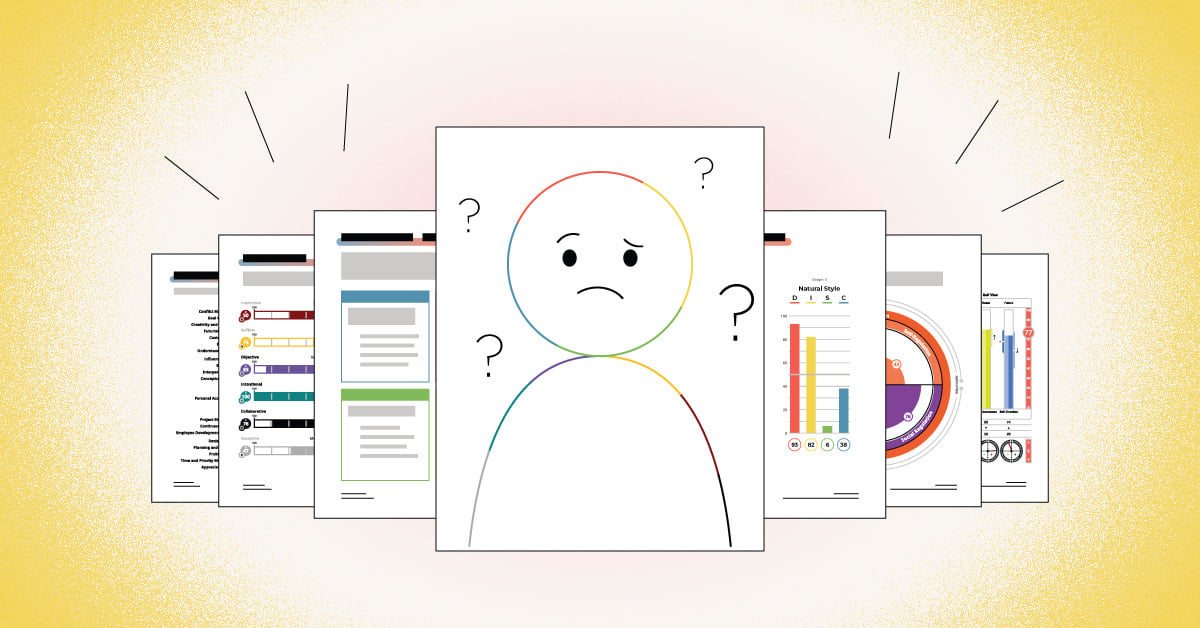
We know organizations rely heavily on teams to get work done. In this quickly evolving environment, we are constantly being introduced to new technology that disrupts our usual methods and processes. With an accelerating rate of digitalization in technology, the work environment looks very different from how it did just a few short years ago. There’s a new war for talent and being prepared is no longer a preference, it is a necessity.
This is consistent with data that we see from Deloitte Global Human Capital Trends and Inc Magazine, saying teams are very important to the ways businesses operate today. Teamwork can appear to be a magical thing that some organizations do well. Classic examples of top performing teams that come to mind include Zappos, Southwest and IDEO. What do they know that others don’t?
Building a great team is not magical. It takes hard work. Wanting to learn and know more, we commissioned a research study through HR.com and are sharing our findings here. Following these five “secrets” will very likely increase the productivity of your company’s teams.
Secret #1: Communicate your purpose and goals to teams
Good communication and clear goals are the foundation for success. The study revealed communication (78%) and goal setting (72%) are at the top of essential characteristics for both team members and their managers.
Organizations with high performing teams consider “sense of purpose” as the top characteristic for team effectiveness, which connects well to both of these characteristics. For example, Zappos’ purpose is “delivering happiness,” which is also the title of the book Zappos CEO Tony Hsieh wrote for the company.
When Hsieh shared his vision with his employees, they “were a lot more passionate about the company, a lot more engaged and when customers called they could sense the personality at the other end of the phone wasn’t there just for a paycheck. They really wanted to provide great service and when vendors came into our offices of visited us they wanted to stay longer and visit more frequently.”
Secret #2: Train leaders in collaborative techniques and empowerment of their team members
Our survey found that above all else, team leaders need to be communicators and organizers. 84% percent of respondents said team leaders need to be good communicators, and 74% chose “organized” as a key characteristic.
The best teams not only had leaders, but those leaders tended to be collaborative in nature. Our study found that organizations with high performing teams place a higher value on “collaborative” leaders. Other leadership characteristics we evaluated included being a: facilitator, delegator, negotiator, visionary, and many more.
The findings showed high performing teams tend to be structured in a way where each individual person can take the lead on a particular aspect of a project.
Secret #3: Ensure your training aligns with the biggest challenges for the teams in your organizations
Within the study, we asked respondents to rate their top challenges. The study showed us that the top challenges for teams were:
- Lack of accountability (49%)
- Difficulty making decisions (45%)
- Lack of participation (44%)
Development efforts are mostly focused on communication (71%), which is the foundation of interpersonal relationships so crucial to teamwork. Fifty-eight percent also cited collaboration, which requires more profound understanding of interpersonal dynamics.
Secret #4: Measure team performance
There’s an old adage that says: what gets measured gets done. Surprisingly, only a quarter of respondents said their organizations appraise performance at the team level. Without measurement, accountability becomes hard to assess and productivity is destined to decline.
A key distinction here is that in our study high performing teams are more likely to appraise at the team level. Of the organizations that measure performance at the team level, 72% base it on productivity and goal achievement. However, measuring productivity may not be the best path in every instance. Others teams measure performance based on: 1) A team's ability to work well together, 2) Customer satisfaction and 3) Peer evaluations.
IDEO measures their team’s performance based on “empowerment.” In a Q&A with Steelcase’s Managing Director of Product, David Aycan, he said “Empowerment is about creating a clear path forward for people and trusting them to do the right thing. It’s about giving them the right tool kits, helping them understand how to tackle creative challenges, and letting them use their own judgment to solve problems as a team. When people understand that there is a clear way for ideas to move forward and that they have access to the methods and tools to get them to go forward, they’re much more likely to actually put energy and time into these efforts to innovate.”
Secret #5: When selecting collaborative tools, consider how the tool would work within the dynamics of teams in your organizations
Organizations with excellent teams tend to use collaboration tools more than those who are lesser performers. Collaboration tools are essential to increase the effectiveness of hybrid teams who have virtual employees in addition to those who are at the same work site. This insight lines up well with the fact that high performing teams are self-directed with collaborative leaders.
Just a few of the many collaborative tools available in the market today include Slack, Google Hangouts, AirTable and Hive. The challenge isn’t whether or not you should use a tool, but choosing the tool to use that is right for your specific organization.
Conclusion
Teams will continue to evolve in terms of size, shape, structure, technology and challenges. It is our job to adapt to the needs of the teams, to help them to work effectively and overcome their challenges. The better a company’s individual teams perform, the healthier the overall organization will become.



